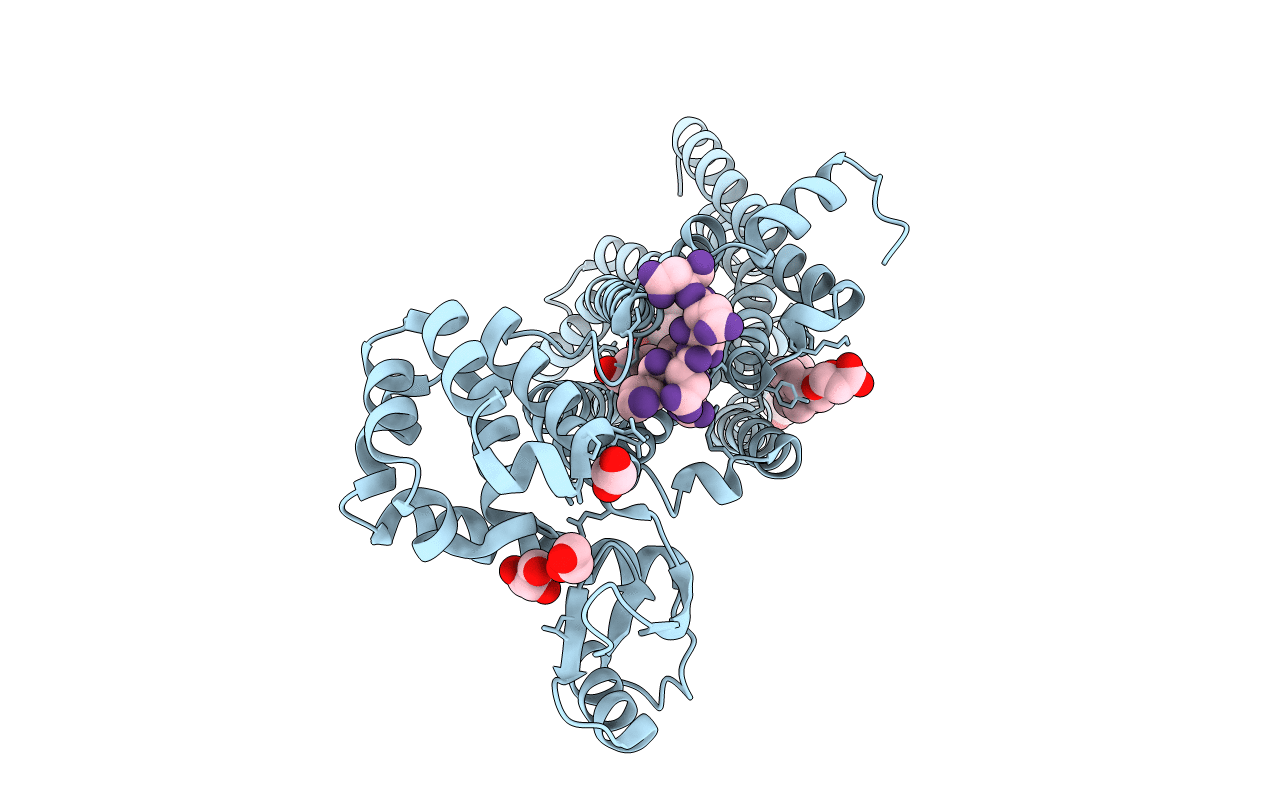
Deposition Date
2015-07-29
Release Date
2016-03-09
Last Version Date
2024-11-20
Entry Detail
PDB ID:
5CXV
Keywords:
Title:
Structure of the human M1 muscarinic acetylcholine receptor bound to antagonist Tiotropium
Biological Source:
Source Organism:
Homo sapiens (Taxon ID: 9606)
Enterobacteria phage T4 (Taxon ID: 10665)
Enterobacteria phage T4 (Taxon ID: 10665)
Host Organism:
Method Details:
Experimental Method:
Resolution:
2.70 Å
R-Value Free:
0.28
R-Value Work:
0.23
R-Value Observed:
0.23
Space Group:
P 21 21 21


